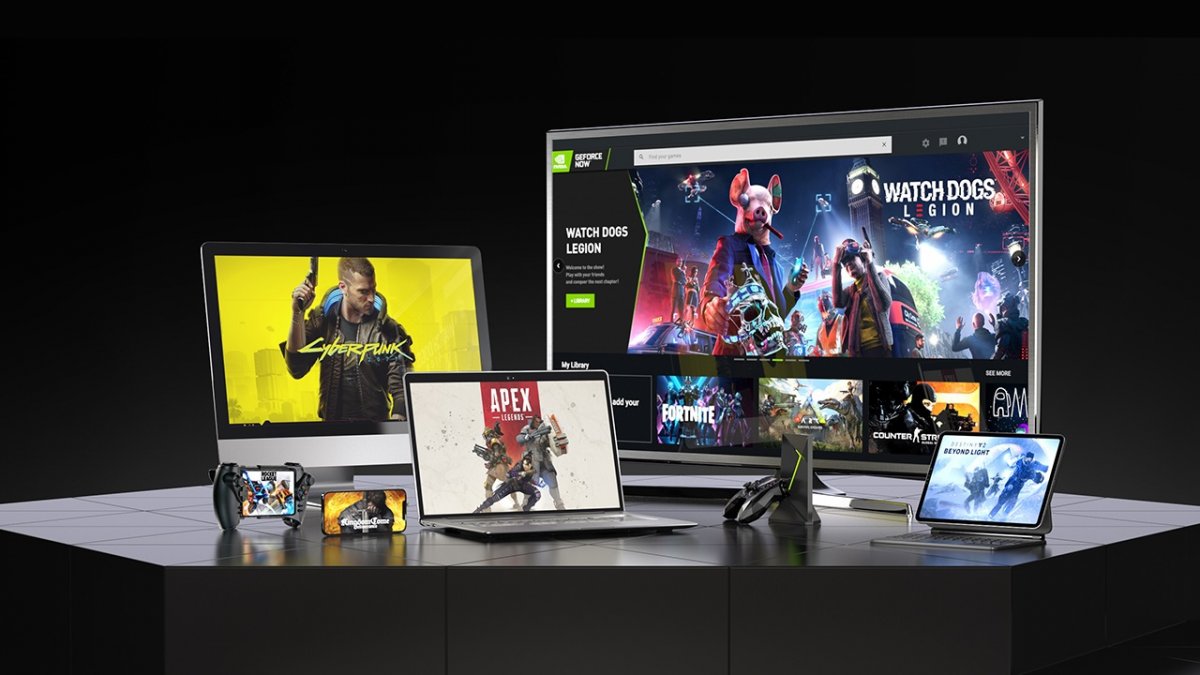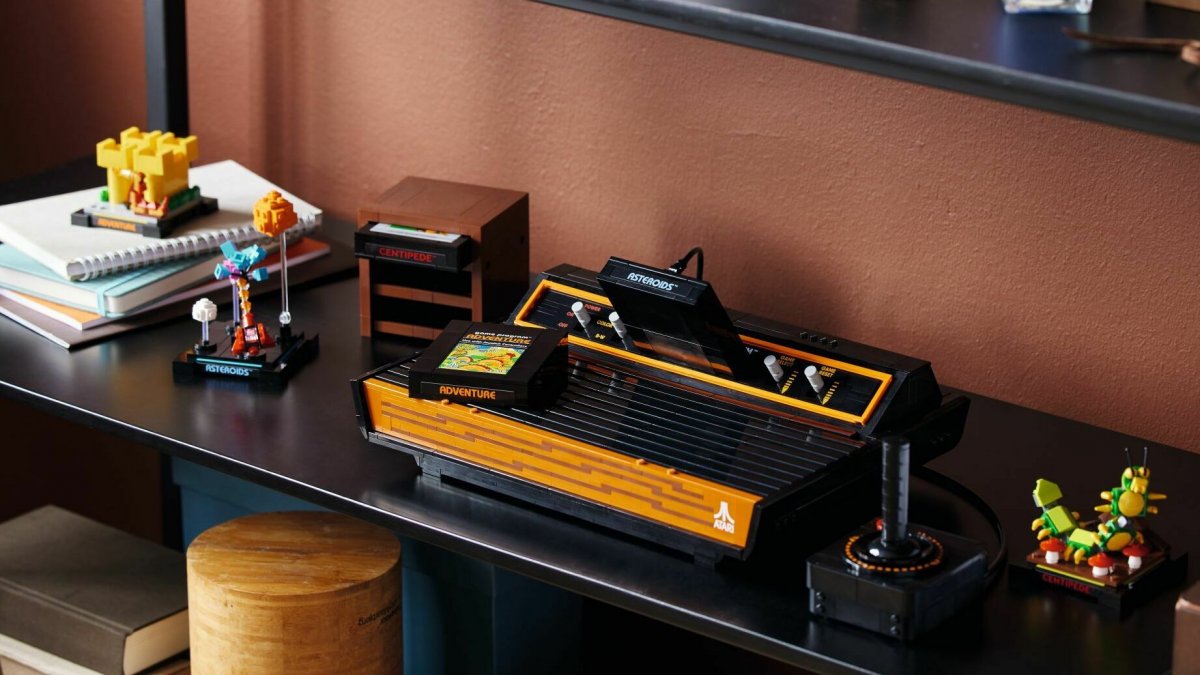USB sticks and memory cards: Which capacity is inexpensive? USB sticks and memory cards are available in umpteen variants at very different prices. TechStage shows which capacity is currently the cheapest. 8:00 p.m. tech stage

USB sticks and memory cards are not only available with different amounts of memory. Write and read speeds and other specifications should be considered when purchasing. Voonze has gotten an overview and shows which capacity is currently the cheapest.
Due to their size and low price, USB sticks and memory cards are ideal for small to medium data volumes and mobile use. The sticks are suitable, for example, for transferring data, for archiving or transferring photos and videos, or for feeding 3D printers and lasers with data.
Large network storage devices or mobile hard drives offer significantly more capacity. However, these are often easier to use stationary and are also more expensive. You can read more about this in our NAS buying guide or in the guide Finding the best hard drive .
In this purchase guide, we were particularly interested in the price-performance ratio in terms of capacity.
Memory sticks: USB 3.0 is mandatory
Since the USB sticks are usually used as data storage and not as an operating system medium or as memory for the camera, speed is not an exclusion criterion, but the memory sticks should not work too slowly. This applies in particular when using larger amounts of data. We recommend that the USB stick should support at least the USB 3.0 standard, as these work much faster than sticks with 2.0. Although USB 2.0 sticks are sufficient for small amounts of data and old computers, the additional costs are now so low that one should rely on the more up-to-date standard.
Here is a short example: According to the price comparison, the cheapest 64 GB stick with USB 3.2 is available from 4.07 euros (0.064 euros/GB). It has a maximum read speed of 100 Mbyte/s and a write speed of at least 20 Mbyte/s. At the time of research, the cheapest model with the older USB 2.0 standard costs hardly less at 3.58 euros (0.056 euros/GByte). Here, however, the reading speed is only 17 Mbytes/s and the writing speed is 8 Mbytes/s. This is far too slow for large amounts of data, such as high-resolution videos.
For the guide, we determined the speed of some USB sticks using the PCmark benchmark . Here is a small overview that shows the performance differences between two slow USB 2.0 sticks and two current models with USB 3.0. However, the differences between the faster and the slower sticks show that the standard alone is no guarantee for maximum read and write rates.
But what do these values mean in practice? We copied a 1.15 GB video file from our benchmark PC to various sticks and stopped the time. In practice, the fastest stick needs just under 23 seconds. The slowest stick, a USB 2.0 model, takes almost five minutes to do this. With large amounts of data, the speed should not be underestimated, which is why we definitely recommend grabbing a USB 3.0 stick.
Here is a list of particularly fast sticks with a read rate of at least 400 MB/s and a write rate of 350 MB/s and up.
That’s how much a GByte costs on a USB stick
USB sticks are available with capacities between 2 GB and 1 TB of memory. How much you actually need depends entirely on the desired application. If you only use the stick to transfer data from the computer to the 3D printer (theme world) or laser (theme world) , you can theoretically get by with little space. However, if you want to save the collected family videos on a USB stick, you need significantly more capacity.
Here the question arises, which memory size is the cheapest? Sure, little memory costs less, but what about prices per GB of memory? We looked at the cheapest USB 3.0 sticks in the various capacity classes from 8 GB. Here is a brief overview of prices from the price comparison of September 5th, 2022. The shipping costs were not taken into account.
| capacity | Price | Price per GB |
|---|---|---|
| 8 GB | €3.00 | 0.375 euros/GB |
| 16 GB | €3.69 | 0.231 euros/GB |
| 32 GB | €2.99 | 0.093 euros/GB |
| 64 GB | €4.07 | 0.064 euros/GB |
| 128 GB | €8.79 | 0.069 euros/GB |
| 256 GB | €17.99 | 0.070 euros/GB |
| 515 GB | €28.39 | 0.055 euros/GB |
| 1 TB | €76.21 | 0.076 euros/GB |
The sticks with 512 GB currently offer the lowest costs per GB of memory. A GB costs 5.5 cents here – in January it was exactly 6 cents. At 6.4 cents per GB, the 64 GB sticks are the second cheapest. The most expensive are models with a small capacity. With the 8 GB model, each GB costs just under 38 cents, a good six times more than with the 512 GB stick. In the most popular capacity sizes of 128 GB and 256 GB, a GB is currently available for 7 cents.
Depending on personal requirements and budget, we therefore recommend a memory size of 64 to 512 GB. Here are the cheapest sticks sorted by capacity.
Multi-port USB sticks
There are also enormous differences in design and construction. However, we do not want to deal with colorful or wacky designs, but only summarize the most important findings.
So we basically think it makes sense if the USB connector is protected against dust, lint and dirt. Simple slip-on protective caps are used most frequently here. However, these are easily and quickly lost. Variants with integrated protection would therefore be more clever. With the Verbatim USB stick, for example, the plug can be sunk into the housing. Although this protects against mechanical stress, dirt and lint still get into the port. We like the option of protecting the USB port better with a pivoting or folding mechanism. This is the case, for example, with our no-name USB stick with a wooden housing or the handy memory from Meco. However, the second model has a USB-C and a USB-A connector and can only protect one of them from dirt.
If you want to transport the mobile memory on a key ring or in your pocket, you should buy a USB stick that is as compact as possible. The smallest models available are barely larger than the actual USB-A connector, while standard models are around three times the size. Even if you carry the stick in your backpack or notebook bag and therefore actually have enough space available, you should pay attention to the dimensions of the mobile memory. The reason for this is the often tight lateral distance between the USB ports on the PC or TV.
Most sticks are still equipped with the USB-A connector, which has been known since 1996. This is usually sufficient for use on desktop PCs or TVs. However, if you want to connect the memory to a current notebook, smartphone or tablet, you will sometimes run into problems. USB-C or Lightning connectors are required here. One solution are suitable adapters or hubs, which, however, cause additional costs, take up space and can also slow down the speed.




